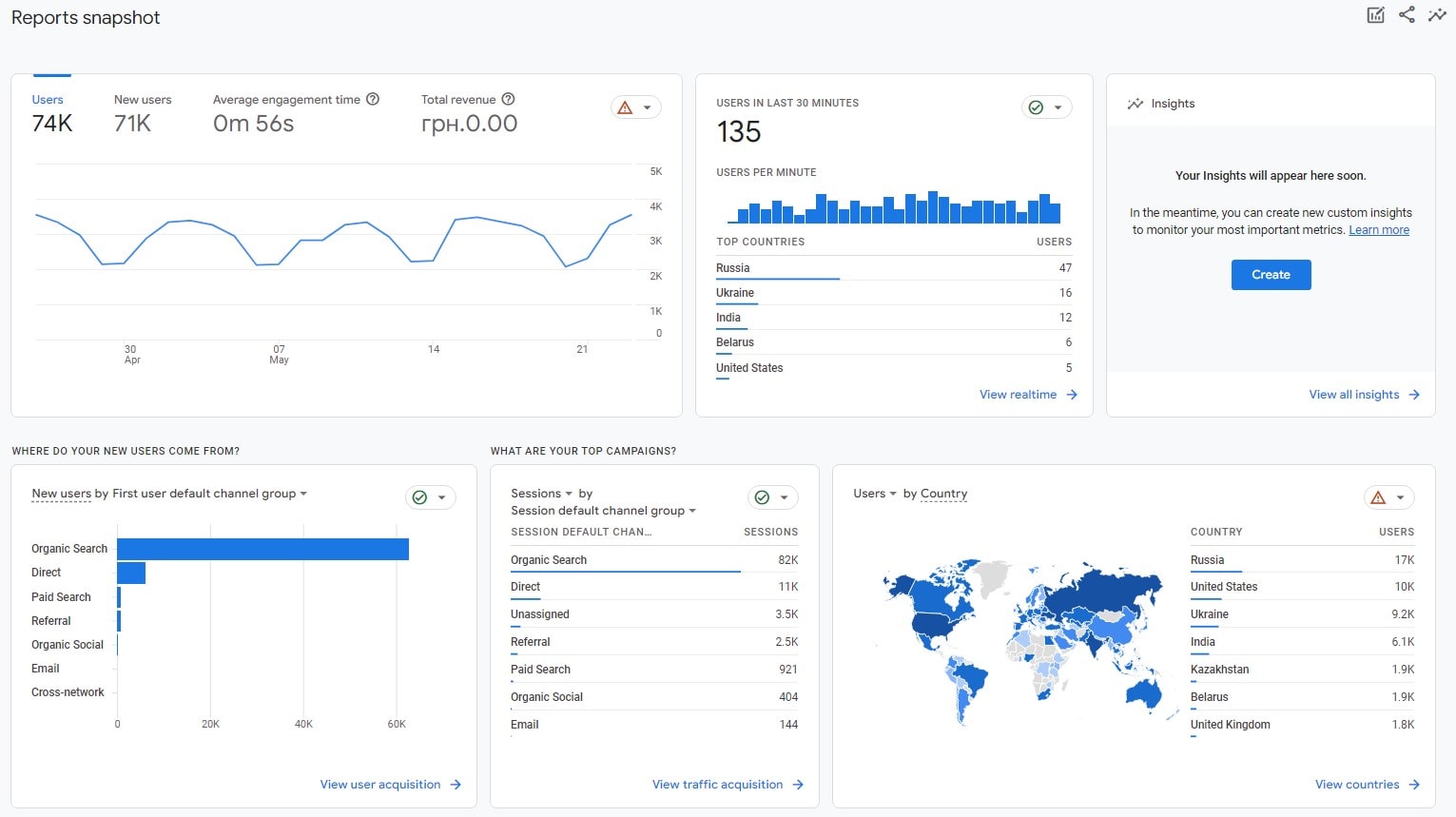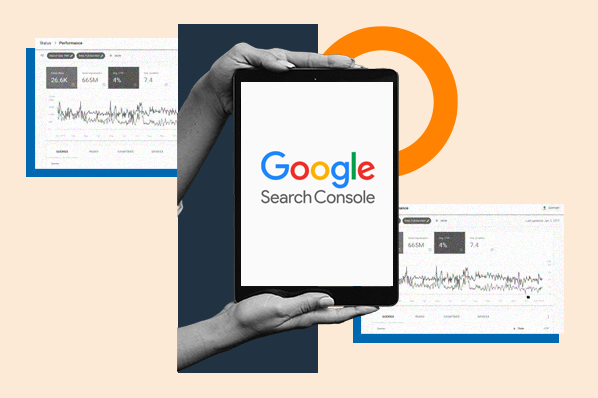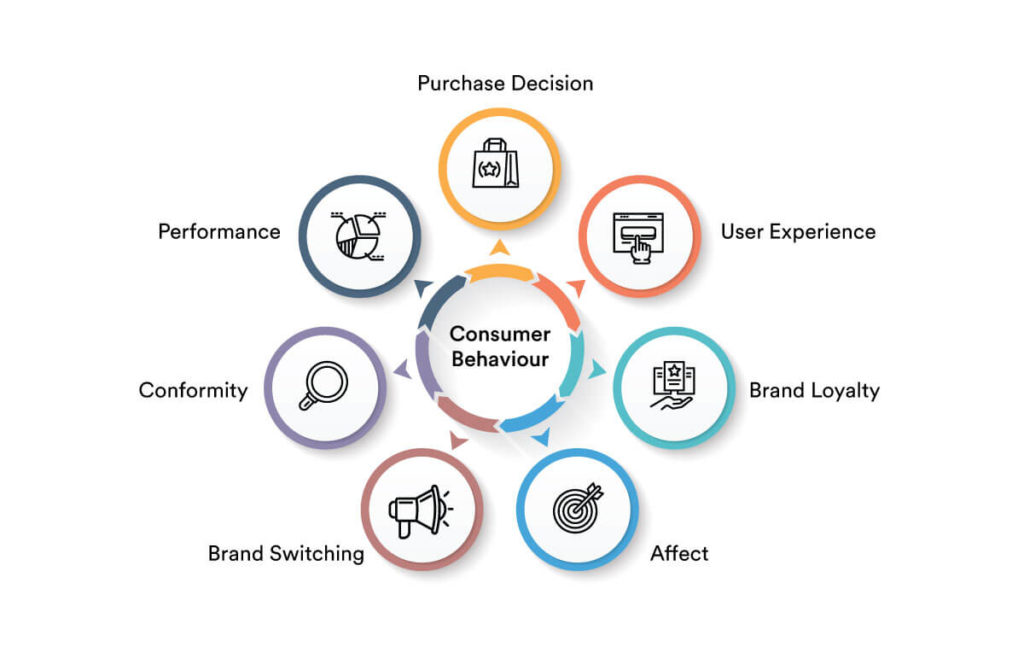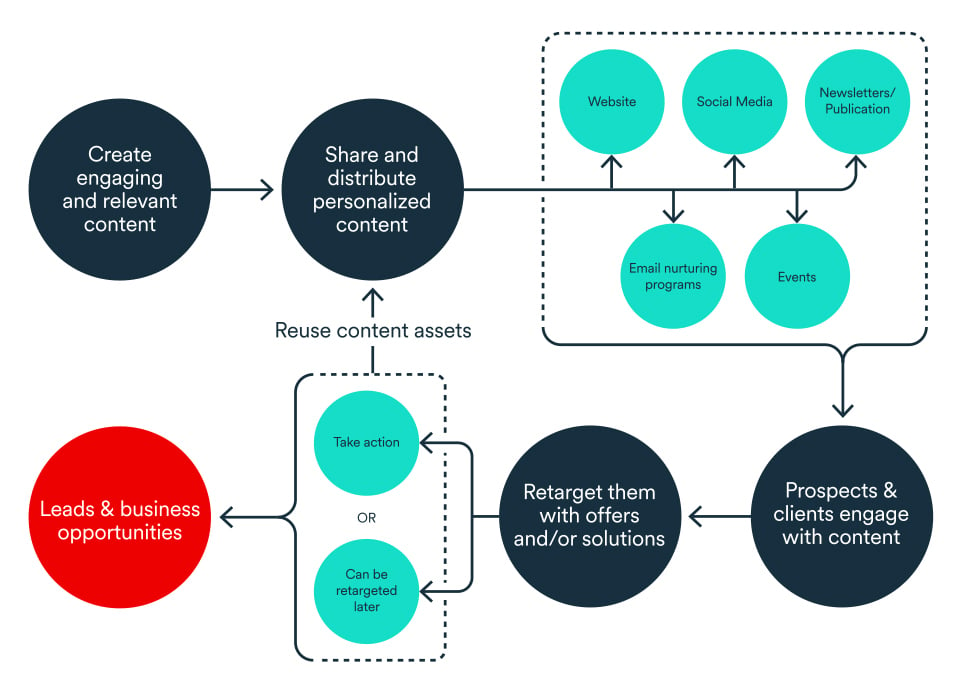
Published: Nov 30, 2024
How to Start Content Marketing for Small Business: A No-Nonsense Guide
How to Start Content Marketing for Small Business: A No-Nonsense Guide
I’ve been in the trenches of small business content marketing for years, and let me tell you, it’s a wild ride! But don’t worry, I’m here to be your content sherpa. We’ll climb this mountain together, and trust me, the view from the top is worth every step. Ready to make your content sizzle and your business pop? Let’s dive in!
TLDR: What's the first step in starting content marketing for a small business?
1️⃣ Define your target audience and business goals
2️⃣ Choose the right content types and platforms for your audience
3️⃣ Create a content calendar and start producing valuable, consistent content
Table of Contents
- Why Does Your Small Business Need Content Marketing?
- Producing Quality Content on a Budget
- Measuring and Optimizing Your Content Marketing
- Choosing Your Content Types and Platforms
- Common Content Marketing Mistakes to Avoid
- Tools and Resources for Small Business Content Marketing
- Understanding Your Audience and Goals
- Creating a Content Strategy and Calendar
Why Does Your Small Business Need Content Marketing?
Let’s face it - running a small business is tough. You’re juggling a million things, and marketing often falls to the bottom of the to-do list. But here’s the thing: content marketing can be a game-changer for your business. I’ve seen it work wonders for my clients, and I’m here to tell you why you need to jump on this bandwagon ASAP.
Brand Awareness
First up, content marketing is like a megaphone for your brand. It helps you cut through the noise and get noticed. According to our research, 99% of businesses with 11-50 employees see positive results from content marketing. That’s huge!
Here’s a real-world example: I worked with a small coffee roastery in Portland, Oregon. We started a blog sharing the stories behind their beans. Within six months, their website traffic tripled, and they were getting calls from coffee shops across the state wanting to stock their beans.
Customer Engagement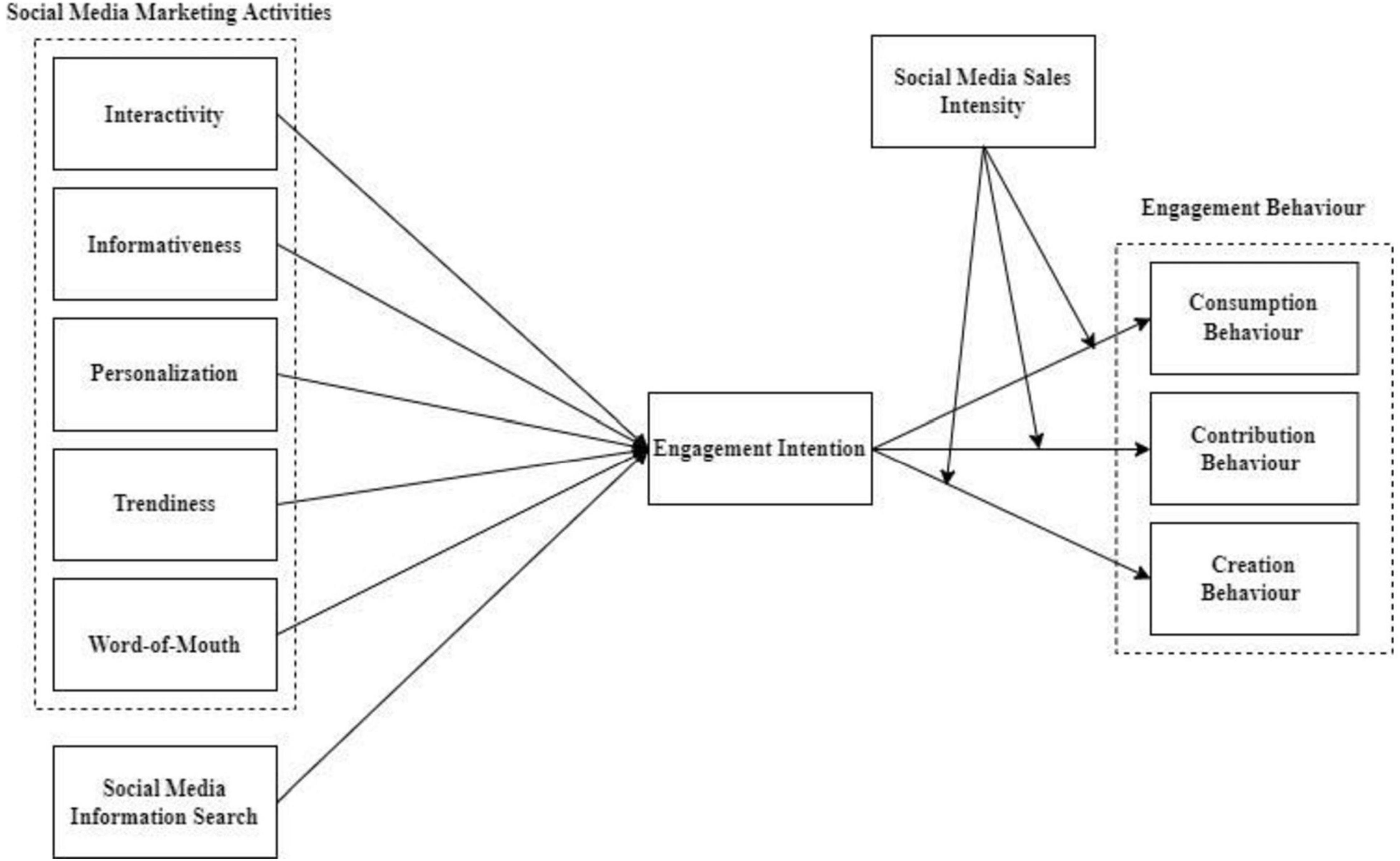
Content marketing isn’t just about shouting into the void. It’s about starting conversations with your customers. It gives them a reason to keep coming back to your website or social media, even when they’re not buying.
I once helped a local bookstore in Austin, Texas create a series of Instagram Stories featuring staff book recommendations. Their engagement rate shot up by 200%, and customers started coming in asking for “that book Sarah recommended on Instagram.”
Organic Traffic
Here’s where content marketing really shines. It’s like a magnet for organic traffic. When you create valuable content that answers your customers’ questions, you’re more likely to show up in search results.
Take the case of Sugar Geek Show, an online cake decorating learning platform. By focusing on SEO and creating high-quality blog content, they increased their organic traffic by a whopping 269% from 2019 to 2021. Even better, in 2021, their blog was generating 60% of their revenue. That’s the power of content marketing!
Thought Leadership
Content marketing isn’t just about selling; it’s about establishing your expertise. When you consistently share valuable insights, you become the go-to source in your industry.
I saw this work wonders for a small financial advisory firm in Chicago. We started a weekly newsletter breaking down complex financial topics. Within a year, the founder was being quoted in major financial publications and invited to speak at industry events.
Cost-Effective Marketing
Here’s the kicker: content marketing can be incredibly cost-effective. According to our research, 26% of small businesses spend less than $1,000 per month on content marketing. Yet, they’re seeing significant returns.
Remember, you don’t need a massive budget to start. When I first started my content marketing journey, I was writing everything myself and using free tools like Canva for graphics. It took time, but it paid off in spades.
Long-Term Value
Unlike ads that stop working the moment you stop paying, content keeps working for you long after it’s published. A well-optimized blog post can bring in traffic and leads for years.
I’ve got a client who wrote a comprehensive guide on home brewing three years ago. To this day, it’s still their top-performing page, bringing in hundreds of new visitors each month.
So, there you have it. Content marketing isn’t just a nice-to-have for small businesses - it’s a must-have. It builds your brand, engages your customers, drives traffic, establishes your expertise, saves you money, and provides long-term value.
Ready to get started? Stick around, because we’re about to dive into how to make content marketing work for your small business.
Producing Quality Content on a Budget
Let’s get real - when you’re running a small business, every penny counts. But that doesn’t mean you can’t create killer content that’ll make your audience sit up and take notice. I’ve been there, scraping together content on a shoestring budget, and I’ve got some tricks up my sleeve to share with you.
Leverage User-Generated Content
One of the best ways to create content on a budget? Let your customers do it for you! User-generated content is like gold dust for small businesses. It’s authentic, it’s engaging, and best of all, it’s free.
I worked with a small skateboard shop in San Diego that started a hashtag campaign encouraging customers to share photos of themselves with their boards. The shop would repost the best ones, giving the customers a shout-out. Not only did this provide a steady stream of content, but it also boosted customer loyalty and engagement.
Repurpose, Repurpose, Repurpose
Think of your content like a Thanksgiving turkey - you can get multiple meals out of it if you’re smart. That blog post you wrote? Turn it into an infographic. That podcast episode? Transcribe it for a blog post. That customer testimonial? Perfect for a social media quote graphic.
I once helped a yoga studio in Boulder, Colorado stretch their content budget by repurposing a single video of a yoga sequence. We turned it into:
- A full-length YouTube video
- Short clips for Instagram Reels and TikTok
- Still images for Pinterest
- A blog post detailing the benefits of each pose
- An email newsletter featuring “Pose of the Week”
One piece of content, five different uses. That’s what I call efficient!
Tap into Employee Expertise
Your employees are a goldmine of knowledge - use it! Encourage them to contribute to your content efforts. This not only saves you money but also adds diverse voices to your content.
A pet supply store I worked with in Seattle started a “Staff Picks” blog series. Each week, a different employee would write about their favorite product and why they loved it. It became one of their most popular content features, and it didn’t cost them a dime extra.
Embrace Free Tools
There’s a whole world of free tools out there that can help you create professional-looking content without breaking the bank. Here are some of my favorites:
- Canva for graphics and design
- Unsplash for free stock photos
- Anchor for podcast creation and hosting
- OBS Studio for video recording and live streaming
I once helped a small florist in Savannah, Georgia create a stunning Instagram feed using nothing but their smartphone camera and Canva. Their followers doubled in just three months!
Collaborate with Other Small Businesses
Teaming up with other small businesses can help you create great content while sharing the workload and costs. Look for businesses that complement yours but aren’t direct competitors.
I helped a craft brewery in Portland, Maine partner with a local food truck for a series of “Perfect Pairings” videos. They split the production costs, and both businesses got to tap into each other’s audience. Win-win!
Focus on Quality Over Quantity
Remember, it’s better to publish one killer piece of content a month than four mediocre ones. Quality content takes time, but it pays off in the long run.
A boutique hotel in New Orleans I worked with decided to focus on creating one in-depth neighborhood guide per quarter instead of weekly blog posts. These guides became so popular that local businesses started reaching out to be featured, providing even more content for free!
Use Data to Guide Your Content Creation
Don’t waste time and resources creating content your audience doesn’t want. Use free tools like Google Analytics and Google Search Console to see what content is performing well, then create more of that.
A vintage clothing store in Brooklyn noticed their “How to Style” posts were getting the most traffic. They shifted their content strategy to focus on these types of posts, and their organic traffic increased by 50% in just two months.
Creating quality content on a budget is totally doable. It just takes a bit of creativity, some smart planning, and a willingness to roll up your sleeves and get to work. Remember, even the biggest content marketing empires started small. So start where you are, use what you have, and watch your content - and your business - grow!
Measuring and Optimizing Your Content Marketing
Alright, let’s talk about measuring and optimizing your content marketing efforts. This is where the rubber meets the road, folks. You’ve put in the work to create awesome content, but how do you know if it’s actually doing its job? Let me walk you through it.
Key Performance Indicators (KPIs)
First things first, you need to know what to measure. Here are some KPIs I always keep an eye on:
-
- Are more people visiting your site?
- Which pages are they landing on?
-
- How long are people staying on your pages?
- Are they clicking through to other pages?
-
- Are visitors taking the actions you want them to?
- This could be signing up for a newsletter, making a purchase, or booking a consultation.
-
- How many shares, likes, and comments are your posts getting?
- Is your follower count growing?
-
- Are you climbing up the Google rankings for your target keywords?
Tools for Tracking
Now, you might be thinking, “Emily, this sounds great, but how do I actually track all this stuff?” Don’t worry, I’ve got you covered. Here are some tools I swear by:
-
- This is your bread and butter for website metrics. It’s free and incredibly powerful.
-
- Great for tracking your search performance and identifying opportunities.
-
- This is a paid tool, but it’s worth its weight in gold for keyword research and tracking.
-
- For managing and measuring your social media efforts.
Real-World Example: The Coffee Shop Blog
Let me tell you about a small coffee shop in Portland, Oregon I worked with. They started a blog about coffee brewing techniques. Using Google Analytics, we found that their “How to Make Cold Brew” post was getting tons of traffic.
We dug deeper and realized most of this traffic was coming from Pinterest. So, we created more visually appealing, “pinnable” content about cold brew. The result? Their website traffic doubled in three months, and cold brew sales went through the roof!
A/B Testing
A/B testing is your secret weapon for optimization. It’s all about creating two versions of something and seeing which performs better. You can A/B test just about anything:
- Email subject lines
- Blog post titles
- Call-to-action buttons
- Landing page layouts
I once worked with a boutique hotel in New Orleans. We A/B tested two versions of their “Book Now” button on their blog posts. Version A was a simple text link, while Version B was a big, colorful button. Guess what? Version B got 25% more clicks!
Optimizing Based on Data
The key to successful content marketing is to let the data guide you. Here’s how:
Identify top-performing content
- What topics resonate with your audience?
- What formats get the most engagement?
Double down on what works
- Create more content similar to your top performers.
- Repurpose successful content into different formats.
Improve underperforming content
- Update old blog posts with new information.
- Optimize for SEO by adding relevant keywords.
Experiment with new ideas
- Try new content formats or topics.
- But always measure the results!
The Importance of Patience
Here’s the thing about content marketing - it’s a marathon, not a sprint. Don’t expect overnight results. I always tell my clients to give it at least 3-6 months before making any major judgments.
I worked with a pet supply store in Austin, Texas that was ready to give up on their blog after two months. I convinced them to stick with it, and by month four, their organic traffic had increased by 150%!
Remember, consistency is key. Keep creating quality content, keep measuring, and keep optimizing. Over time, you’ll see those numbers climb.
Measuring and optimizing your content marketing might seem daunting at first, but it’s crucial for success. Start small, focus on a few key metrics, and let the data guide your decisions. Before you know it, you’ll be a content marketing pro, watching those numbers tick up and up!
Choosing Your Content Types and Platforms
Picking the right content types and platforms is like choosing the perfect outfit for a first date. You want to make a great impression, but you also need to be comfortable and authentic. Let’s break it down and figure out what works best for your small business.
Blog Posts
Blogs are the bread and butter of content marketing. They’re versatile, great for SEO, and perfect for showcasing your expertise.
I once worked with a small bakery in San Francisco that started a blog sharing behind-the-scenes stories and recipes. Their organic traffic tripled in six months, and customers started coming in asking for specific items they’d read about on the blog.
Video Content
Video is huge right now. According to our research, it’s one of the top-performing content formats for small businesses in 2023.
A florist I worked with in Chicago started doing quick flower arranging tutorials on TikTok. They went viral, and their followers skyrocketed from 500 to 50,000 in just two months!
Social Media Posts
Social media is where your audience hangs out. It’s perfect for building relationships and showcasing your brand personality.
I helped a pet grooming business in Austin create a series of “before and after” posts on Instagram. Their engagement rate doubled, and they started getting booking requests through DMs.
Email Newsletters
Don’t underestimate the power of email. It’s direct, personal, and great for nurturing leads.
A yoga studio in Boulder I worked with started a weekly newsletter with a “Pose of the Week” feature. Their open rates hit 40%, way above the industry average, and class bookings increased by 30%.
Podcasts
Podcasts are fantastic for building deep connections with your audience. They’re intimate and allow for in-depth discussions.
I helped a small accounting firm in Seattle start a podcast about personal finance for freelancers. Within a year, they’d become the go-to experts in their niche, with clients reaching out from all over the country.
Choosing Your Platforms
Now, where should you share all this awesome content? Here’s a quick rundown:
- Website Your home base. All roads should lead here.
- LinkedIn Great for B2B businesses and professional services.
- Facebook Still king for local businesses and community engagement.
- Instagram Perfect for visually-oriented businesses like restaurants, fashion, or design.
- Twitter Good for quick updates and joining industry conversations.
- TikTok Fantastic for reaching younger audiences with creative, fun content.
Matching Content to Your Audience
Remember, it’s not about being everywhere. It’s about being where your audience is. A retirement planning firm probably doesn’t need to be on TikTok, but they’d be missing out if they weren’t on Facebook.
I once worked with a vintage record store in Nashville. We found their audience was split between older collectors on Facebook and younger enthusiasts on Instagram. So we tailored our content: nostalgia-driven posts for Facebook, and cool, aesthetic shots of rare vinyl for Instagram. Their engagement on both platforms shot up by 75%!
Content Mix Table
Here’s a handy table to help you think about your content mix:
| Content Type | Best For | Time Investment | Cost | Potential Reach |
|---|---|---|---|---|
| Blog Posts | SEO, In-depth info | High | Low | High |
| Videos | Engagement, Demonstrations | High | Medium-High | Very High |
| Social Posts | Brand awareness, Community building | Low-Medium | Low | High |
| Emails | Nurturing leads, Customer retention | Medium | Low | Medium |
| Podcasts | Building authority, Deep engagement | High | Medium | Medium |
Remember, you don’t have to do it all at once. Start with one or two types of content and platforms, do them well, and expand from there. It’s better to be amazing on one platform than mediocre on five.
Choosing your content types and platforms is all about understanding your audience, playing to your strengths, and being willing to experiment. Don’t be afraid to try new things, but always keep an eye on those metrics we talked about earlier. Let the data guide you, and you’ll find your content sweet spot in no time!
Common Content Marketing Mistakes to Avoid
Let’s talk about the pitfalls that can trip up even the savviest small business owners. I’ve seen these mistakes time and time again, and I’m here to help you dodge them like a pro.
Inconsistent Posting
First up, inconsistency. It’s like going to the gym - you can’t expect results if you only show up once in a blue moon.
I once worked with a bakery in Nashville that would post daily for a week, then ghost their audience for a month. Their engagement was a rollercoaster. We set up a content calendar, and within three months, their follower count had steadily grown by 40%.
Ignoring SEO
SEO isn’t just for the big guys. Ignoring it is like throwing a party and forgetting to send out invitations.
A local gym in Denver was creating great content, but nobody was finding it. We did some keyword research and optimized their existing posts. Their organic traffic shot up by 75% in just two months.
Not Knowing Your Audience
Creating content without understanding your audience is like trying to hit a target blindfolded.
I helped a vintage clothing store in Brooklyn that was struggling with engagement. Turns out, they were creating content for teenagers when their actual customers were mostly in their 30s and 40s. We pivoted their strategy, and their engagement rate doubled.
Focusing Solely on Self-Promotion
Your content shouldn’t be a non-stop commercial. It’s about providing value, not just selling.
A real estate agency in Miami was wondering why their blog wasn’t getting traction. Every post was about their listings. We started creating content about home buying tips, local neighborhood guides, and DIY home improvement. Their blog traffic tripled in six months.
Neglecting Visual Content
In our scroll-happy world, visuals are crucial. Text-only content is like a plain cheese pizza - it gets the job done, but it’s not very exciting.
I worked with a pet grooming service in Seattle that was struggling with social media engagement. We started incorporating before-and-after photos and cute pet videos. Their Instagram following grew by 200% in just three months.
Forgetting a Call-to-Action (CTA)
You’ve got their attention, now what? Without a clear CTA, your audience might enjoy your content but never take the next step.
A yoga studio in Austin was creating great content, but it wasn’t translating to new students. We added clear CTAs to their blog posts and social media content. Class sign-ups increased by 30% in the following quarter.
Not Measuring Results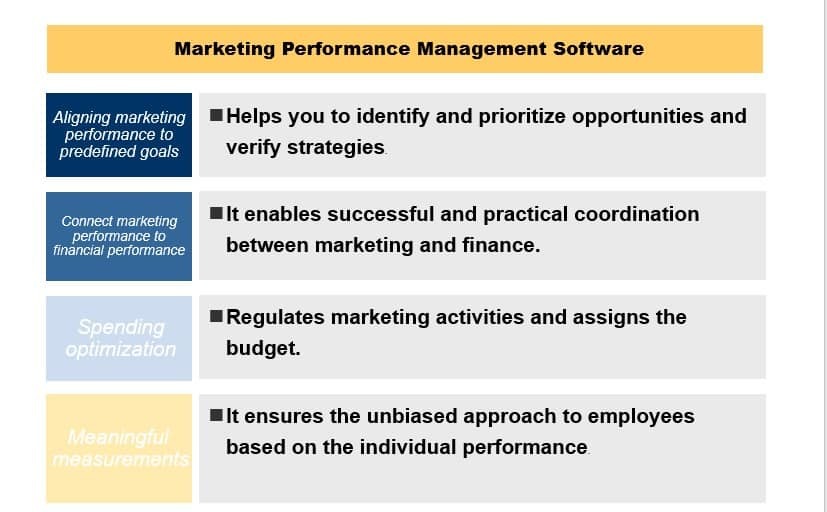
If you’re not measuring, you’re just guessing. It’s like trying to lose weight without ever stepping on a scale.
I helped a coffee roastery in Portland set up Google Analytics and create a monthly reporting system. They discovered their email newsletter was driving more sales than their social media efforts, so they redirected their resources accordingly. Online sales increased by 50% in the next quarter.
Giving Up Too Soon
Content marketing is a marathon, not a sprint. Many businesses throw in the towel before seeing results.
A bookstore in Chicago was ready to abandon their blog after three months of lackluster results. I convinced them to stick with it, and by month six, their organic traffic had increased by 100%, leading to a 25% boost in in-store foot traffic.
Remember, everyone makes mistakes. The key is to learn from them and keep pushing forward. Content marketing is powerful, but it takes time, patience, and persistence. Stick with it, avoid these common pitfalls, and you’ll be well on your way to content marketing success!
Tools and Resources for Small Business Content Marketing
Let’s talk about the secret weapons in your content marketing arsenal. I’ve tried and tested tons of tools over the years, and I’m going to share my favorites that won’t break the bank. Trust me, these are game-changers for small businesses.
Content Creation Tools
Canva
Canva is like having a graphic designer in your pocket. I once helped a small bakery in Austin create mouth-watering Instagram posts using just Canva and their smartphone. Their follower count doubled in three months!
- Free version available
- User-friendly templates for social media, blog headers, and more
- Drag-and-drop interface
Grammarly
Nothing kills credibility faster than typos. Grammarly is your personal proofreader.
- Free version checks spelling and basic grammar
- Premium version offers style suggestions and plagiarism checks
- Browser extension works across most writing platforms
Hemingway Editor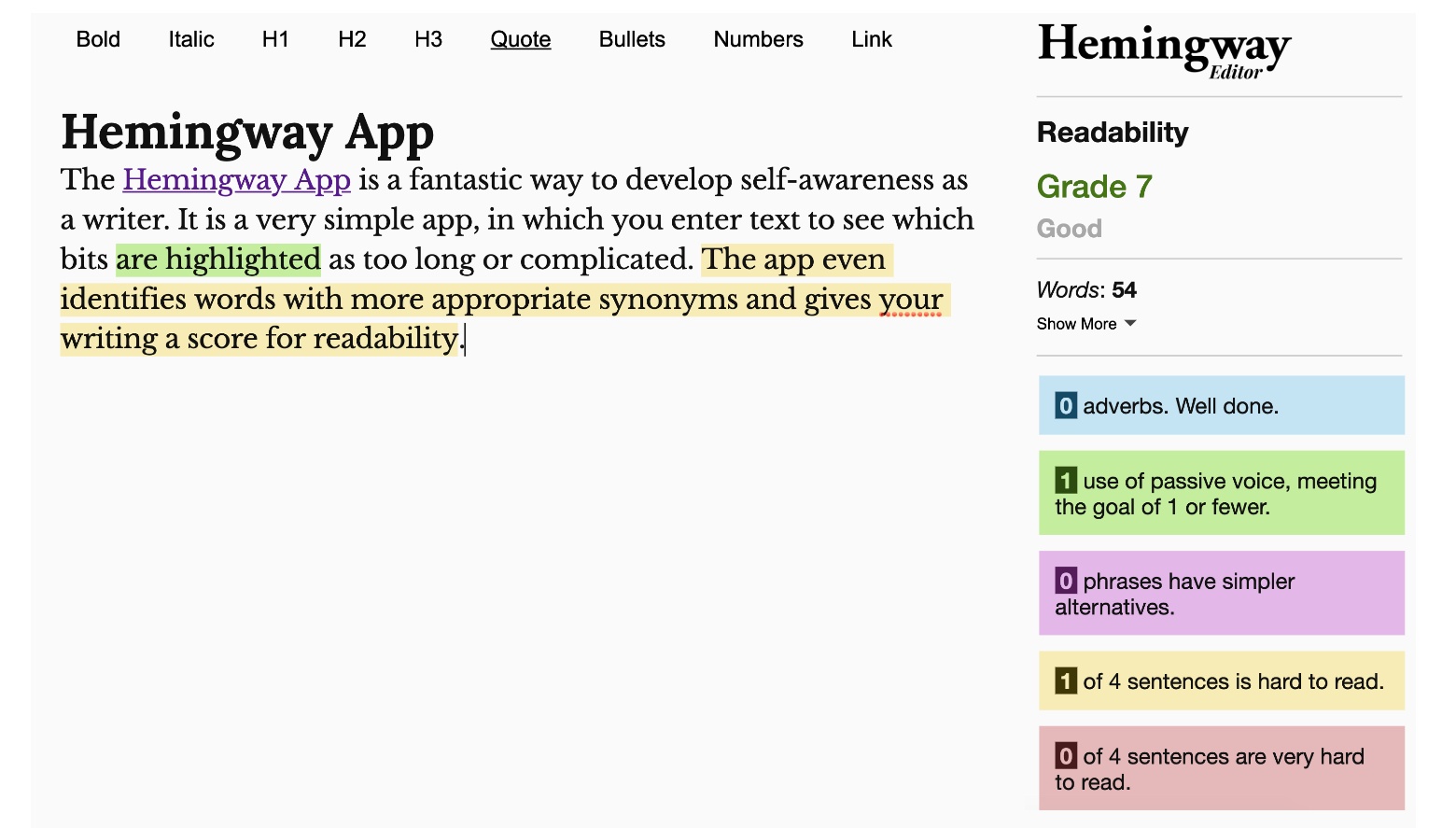
Want to make your writing punchy and easy to read? Hemingway is your go-to.
- Free web-based version
- Highlights complex sentences and suggests simplifications
- Gives your content a readability score
SEO Tools
Google Keyword Planner
This free tool from Google is a goldmine for keyword research.
- Find keyword ideas related to your business
- See search volume and competition for keywords
- Plan your content strategy around high-potential keywords
Yoast SEO
If you’re using WordPress, Yoast SEO is a must-have plugin.
- Free version offers basic SEO optimization
- Premium version includes internal linking suggestions and content insights
- Real-time page analysis as you write
Social Media Management
Buffer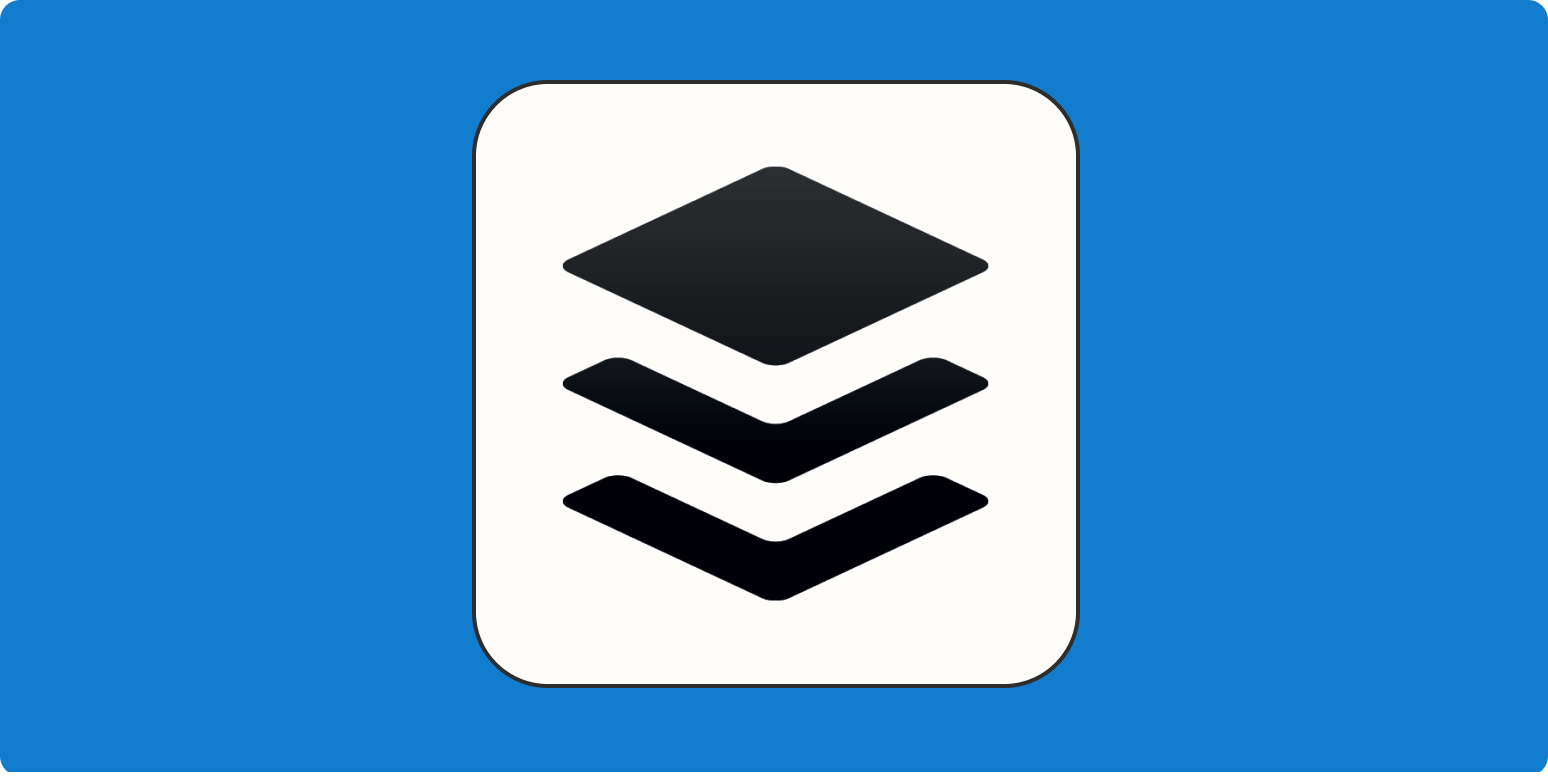
Buffer makes scheduling and analyzing your social media posts a breeze.
- Free plan allows scheduling on three social accounts
- Paid plans offer more features and analytics
- User-friendly interface
Hootsuite
Hootsuite is great for managing multiple social media accounts from one dashboard.
- Free plan for up to two social profiles
- Paid plans offer more features and team collaboration tools
- Robust analytics and reporting
Email Marketing
Mailchimp
Mailchimp is a powerhouse for email marketing. I helped a vintage clothing store in Brooklyn use Mailchimp to segment their list and personalize emails. Their open rates jumped from 15% to 35%!
- Free plan for up to 2,000 contacts
- Easy-to-use email templates
- Automation features for targeted campaigns
Analytics
Google Analytics
Google Analytics is the gold standard for website analytics, and it’s free!
- Track website traffic and user behavior
- Set up goals to measure conversions
- Integrate with Google Search Console for SEO insights
Hotjar
Hotjar gives you visual insights into how users interact with your website.
- Free plan available
- Heatmaps show where users click and scroll
- Session recordings let you see user behavior in real-time
Content Planning
Trello
Trello is great for visual content planning and team collaboration.
- Free version offers unlimited boards and basic features
- Drag-and-drop interface for easy organization
- Integrates with other tools like Slack and Google Drive
CoSchedule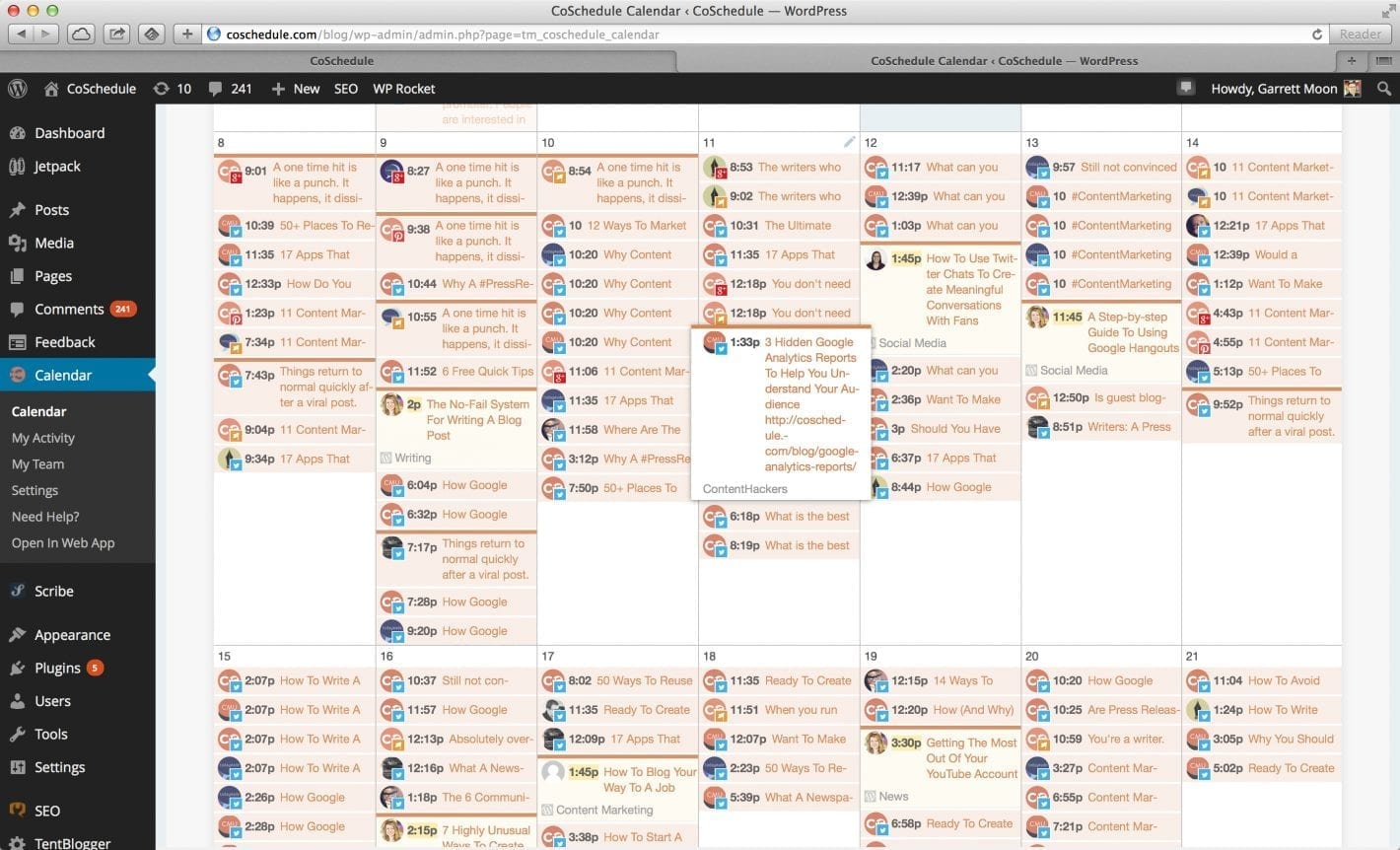
CoSchedule is a more robust option for content planning and marketing project management.
- Paid tool with a free trial
- All-in-one calendar for content and social media
- Integrates with WordPress, Google Docs, and more
Resource Comparison Table
| Tool | Best For | Free Version? | Paid Version Starting Price | Key Feature |
|---|---|---|---|---|
| Canva | Graphic Design | Yes | $12.99/month | User-friendly templates |
| Grammarly | Proofreading | Yes | $12/month | Real-time grammar and spell check |
| Google Keyword Planner | Keyword Research | Yes | N/A | Keyword volume and competition data |
| Buffer | Social Media Scheduling | Yes | $15/month | Multi-platform scheduling |
| Mailchimp | Email Marketing | Yes | $11/month | Segmentation and automation |
| Google Analytics | Website Analytics | Yes | N/A | Comprehensive traffic and user data |
| Trello | Content Planning | Yes | $10/month | Visual board organization |
Remember, you don’t need to use all these tools at once. Start with the ones that address your most pressing needs and expand from there. The key is to find tools that save you time and improve your content marketing efforts.
I once worked with a small coffee roastery in Portland, Maine that was overwhelmed by content marketing. We started with just Canva for Instagram posts and Mailchimp for a monthly newsletter. As they grew more comfortable, we added more tools to their stack. Within a year, their online sales had increased by 200%!
Remember, these tools are here to support your content marketing efforts, not replace the need for a solid strategy. Use them wisely, and they’ll help you create better content, reach more people, and grow your business. Happy content creating!
Understanding Your Audience and Goals
Let’s get real about understanding your audience and setting goals. This stuff is the foundation of your content marketing strategy. Skip it, and you might as well be shouting into the void.
Identifying Your Target Audience
First things first, you need to know who you’re talking to. I once worked with a boutique hotel in Charleston, South Carolina that thought their target audience was young budget travelers. Turns out, their actual guests were mostly well-off couples in their 50s looking for a romantic getaway. Once we figured that out, their bookings shot up by 40%!
Here’s how to nail down your audience:
Analyze Your Current Customers

- Who’s buying from you now?
- What do they have in common?
-
- Who’s visiting your site?
- What content are they engaging with?
-
- Ask your customers about their needs and preferences
- Use tools like Google Forms or SurveyMonkey
-
- Develop detailed profiles of your ideal customers
- Include demographics, interests, pain points, and goals
Setting SMART Content Marketing Goals
Now that you know who you’re talking to, let’s figure out what you want to achieve. SMART goals are Specific, Measurable, Achievable, Relevant, and Time-bound.
I helped a local bakery in Austin, Texas set a goal to increase their Instagram followers by 50% in 6 months. It was specific, measurable, achievable (based on their current growth rate), relevant to their business, and had a clear timeline. They smashed it, hitting 60% growth!
Here are some example SMART goals for small business content marketing:
- Increase website traffic by 25% in the next 3 months
- Grow email newsletter subscribers by 100 per month for the next 6 months
- Achieve a 10% conversion rate on blog post CTAs within 4 months
- Rank on the first page of Google for 3 key industry terms by the end of the year
Aligning Content with the Customer Journey
Your content needs to meet your audience where they are in their journey. I worked with a pet supply store in Portland, Oregon that was only creating content for new pet owners. We expanded their strategy to include content for long-time pet parents too, and their repeat customer rate increased by 30%!
Consider creating content for each stage:
-
- Blog posts about common pet care issues
- Infographics on choosing the right pet food
-
- Product comparison guides
- Customer testimonials and reviews
-
- Detailed product descriptions
- Special offer announcements
-
- Care and maintenance guides
- Loyalty program updates
Using Data to Refine Your Strategy
Don’t just set it and forget it. Use data to continuously refine your strategy. I helped a yoga studio in Boulder, Colorado analyze their content performance. We found that their “Yoga for Beginners” series was outperforming everything else. So we created more beginner-focused content, and their class sign-ups increased by 50%!
Key metrics to track:
-
- Use Google Analytics to track visitors and pageviews
-
- Monitor likes, comments, and shares on social media
-
- Track how many visitors take desired actions (sign-ups, purchases, etc.)
-
- Use tools like SEMrush to track keyword rankings
Remember, understanding your audience and setting clear goals isn’t a one-time thing. It’s an ongoing process. Keep listening to your audience, keep tracking your results, and be ready to pivot when needed. That’s how you’ll create content that truly resonates and drives results for your small business.
Creating a Content Strategy and Calendar
Let’s get real about content strategy and calendars. I’ve seen too many small businesses wing it with their content, and trust me, that’s a recipe for burnout and inconsistent results. Let’s break this down into actionable steps that’ll set you up for success.
Define Your Content Goals
First things first, what do you want your content to achieve? I once worked with a craft brewery in Portland, Oregon that thought they needed to be everywhere, doing everything. We narrowed their focus to two main goals: increasing taproom visits and boosting online sales. This clarity helped us create more targeted, effective content.
Your goals might include:
- Increasing brand awareness
- Driving website traffic
- Generating leads
- Boosting sales
- Improving customer retention
Know Your Audience
You can’t create content your audience loves if you don’t know who they are. A yoga studio I worked with in Austin, Texas thought their main audience was young professionals. After some research, we discovered a significant portion of their clients were actually new moms. This insight led to a whole new content series about postnatal yoga that drove a 30% increase in class sign-ups.
To understand your audience:
- Analyze your current customer base
- Use social media insights
- Conduct surveys or interviews
- Create detailed buyer personas
Choose Your Content Types
Not all content types work for every business. A local bakery I advised in Chicago found that their long-form blog posts weren’t getting much traction. We pivoted to short, snappy Instagram Reels showcasing their baking process, and their engagement skyrocketed by 200%.
Popular content types include:
- Blog posts
- Social media posts
- Videos
- Podcasts
- Infographics
- Email newsletters
Develop Your Content Themes
Content themes give your strategy structure and help you stay focused. A pet supply store I worked with in Seattle developed monthly themes like “Puppy Training Month” or “Cat Wellness Month”. This approach made their content planning easier and more cohesive.
To develop your themes:
- List topics relevant to your business and audience
- Group related topics together
- Align themes with your business goals and seasons
Create Your Content Calendar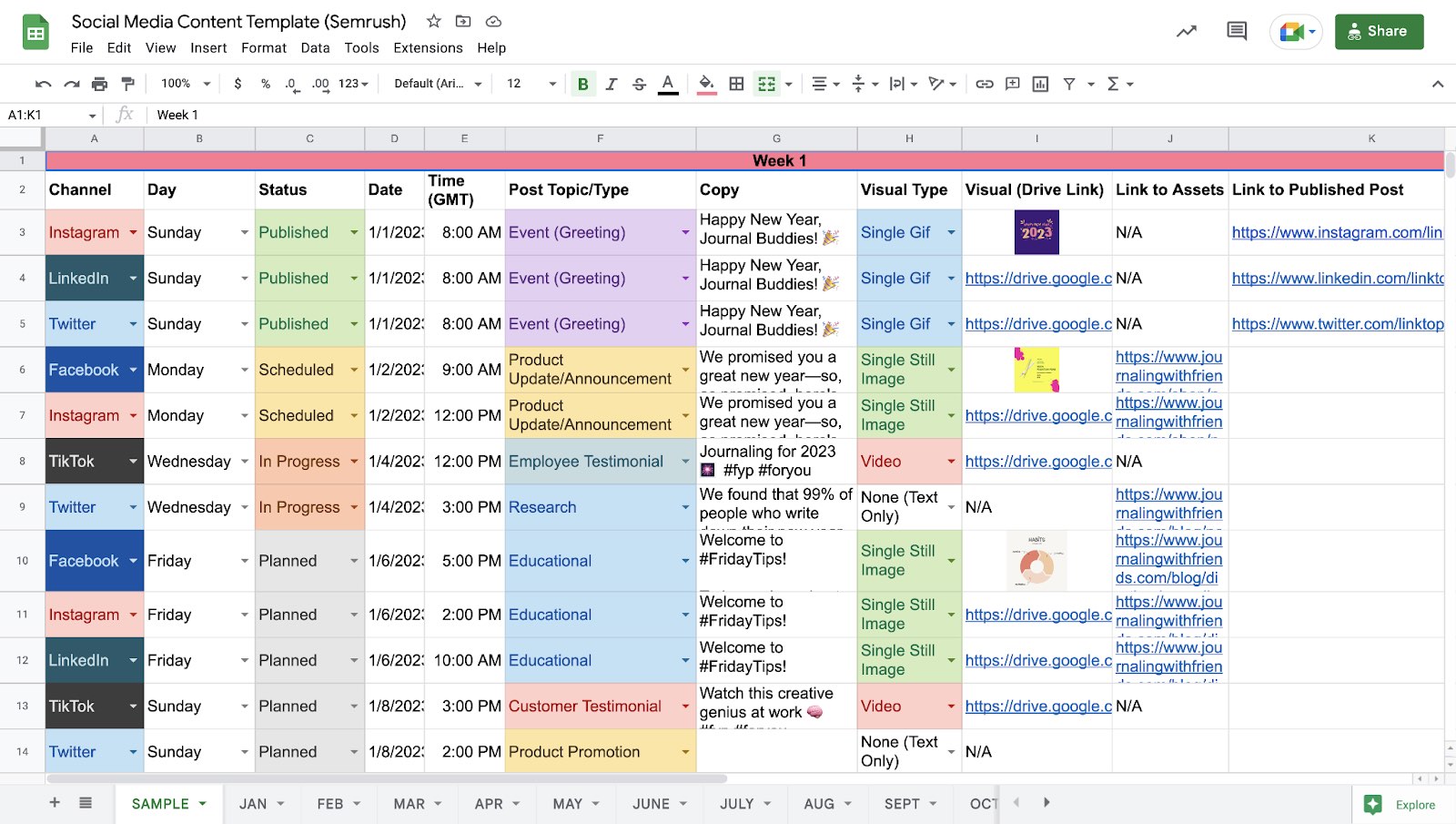
A content calendar is your roadmap. It keeps you organized and ensures you’re consistently putting out content. I helped a boutique hotel in New Orleans set up a content calendar, and their content output became more consistent, leading to a 50% increase in social media engagement.
Your content calendar should include:
- Publish dates
- Content types
- Topics or themes
- Assigned team members
- Distribution channels
Plan Your Content Production
Content production can be overwhelming, especially for small businesses. Break it down into manageable steps. A small law firm I advised in Boston struggled with consistent content creation until we implemented a production schedule. We assigned different tasks (research, writing, editing) to different team members, and their content output doubled.
Steps in content production:
- Research
- Outline
- Create (write, design, record)
- Edit
- Approve
- Publish
- Promote
Use the Right Tools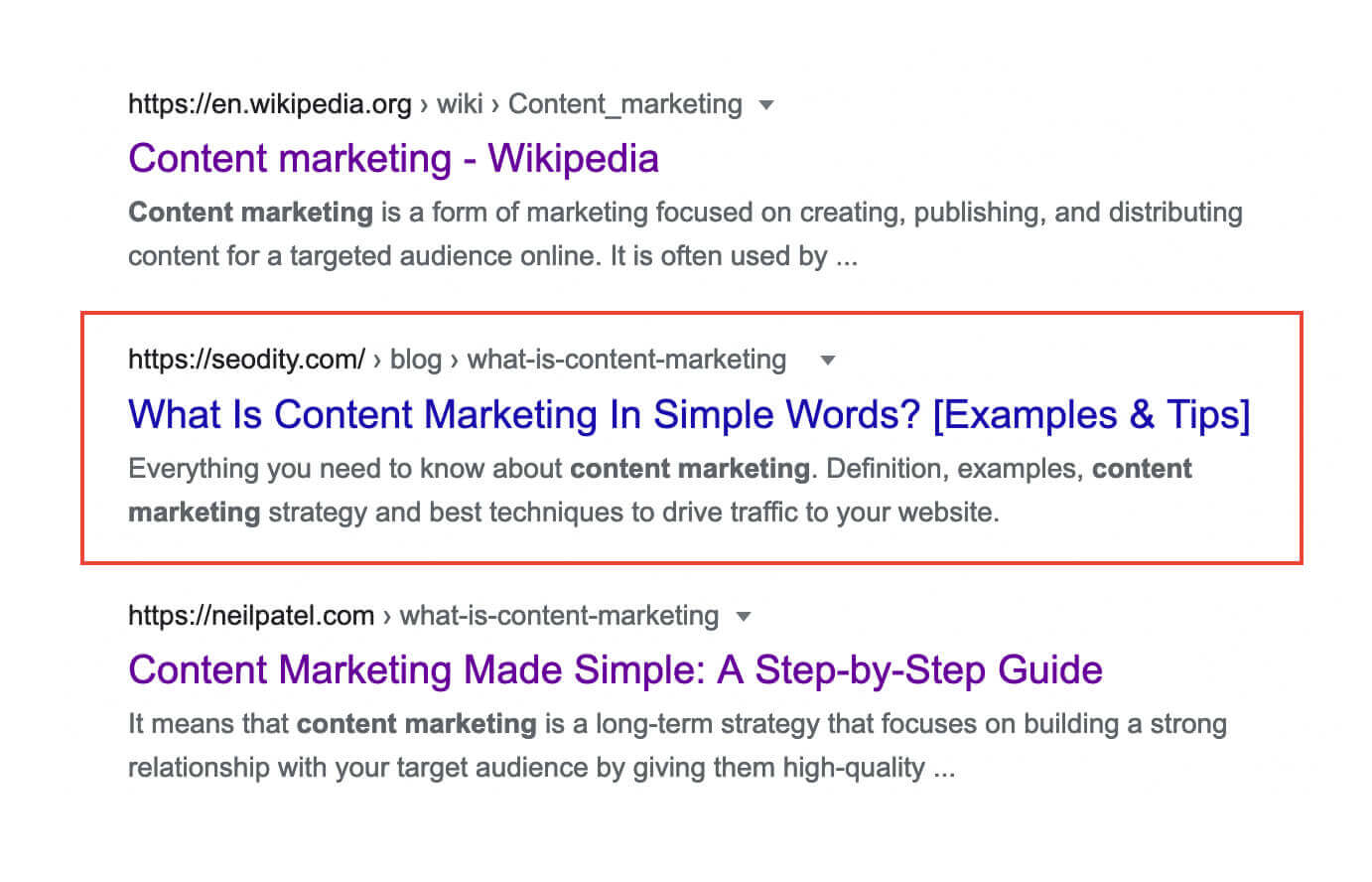
The right tools can make your content strategy much easier to manage. I’ve seen small businesses transform their content marketing with the right tech stack. Here are some of my favorites:
- Trello for content calendars
- Canva for graphic design
- Grammarly for proofreading
- Hootsuite
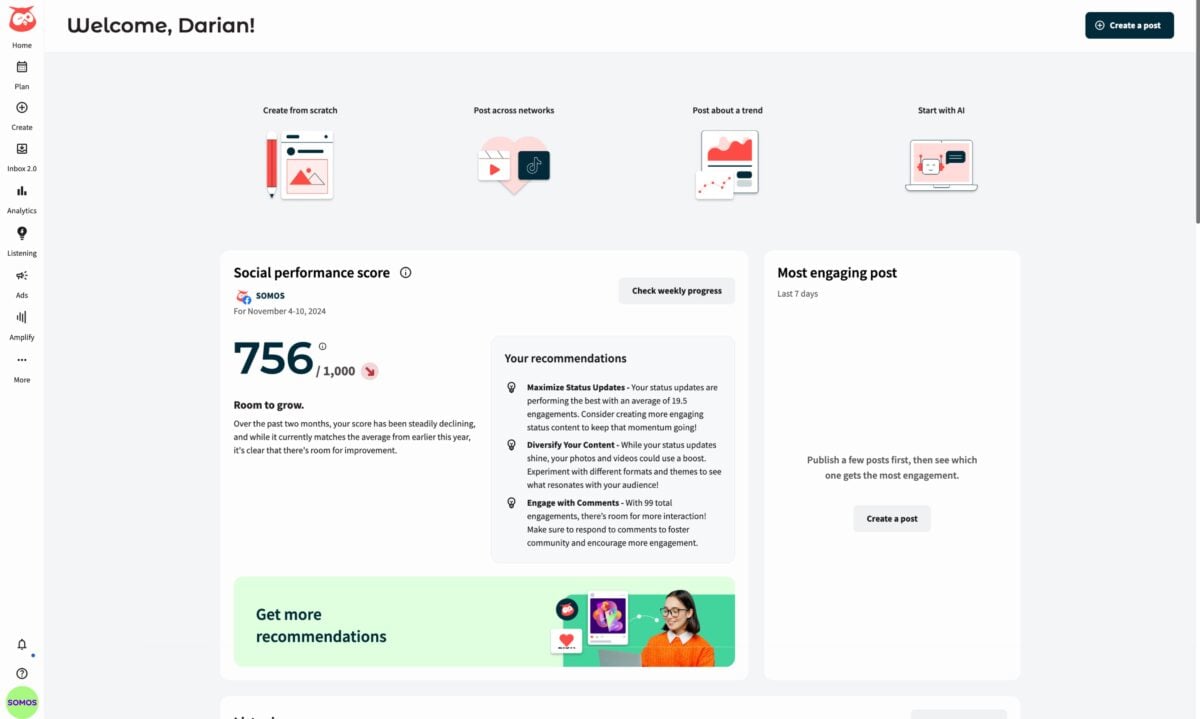 for social media scheduling
for social media scheduling - Google Analytics for tracking performance
Measure and Adjust
Your content strategy isn’t set in stone. You need to regularly review and adjust based on what’s working. A fitness studio I worked with in Miami noticed their video content was outperforming everything else. We shifted more resources to video production, leading to a 75% increase in class bookings.
Key metrics to track:
- Website traffic
- Engagement rates
- Conversion rates
- Time on page
- Social media growth
Remember, creating a content strategy and calendar isn’t a one-time thing. It’s an ongoing process that evolves with your business and audience. Start with these steps, be consistent, and don’t be afraid to adjust as you learn what works best for your business. With a solid strategy and calendar in place, you’ll be amazed at how much more effective your content marketing becomes!



